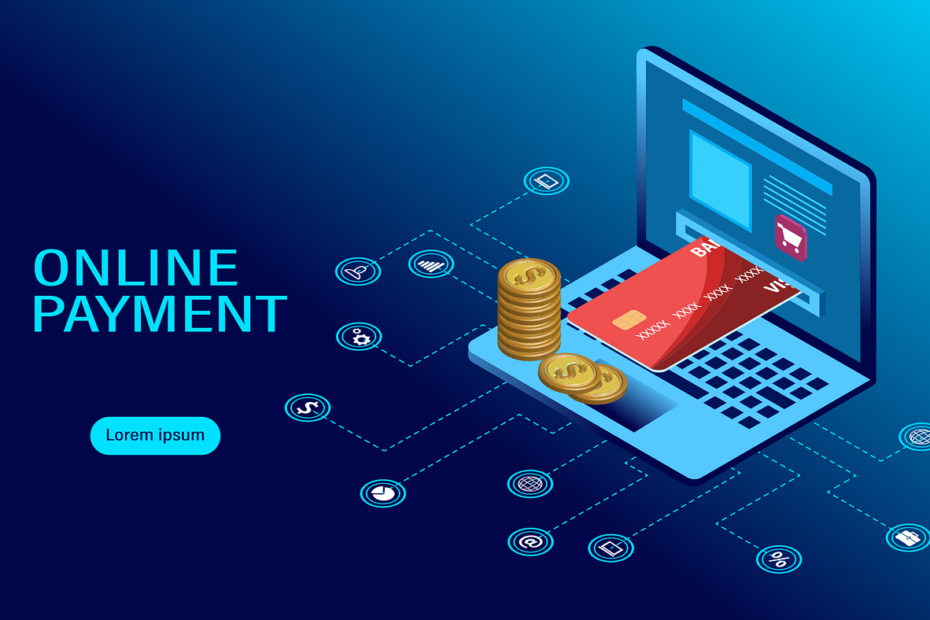Introduction
Introduce e-commerce as a significant driver of global economic growth, especially in light of recent events like the COVID-19 pandemic that accelerated its adoption. Highlight its impact on consumer behavior and the retail landscape.
1. Historical Context of E-commerce
- Evolution of Online Shopping: Briefly trace the development of e-commerce from the 1990s to the present.
- Key Milestones: Discuss major events and innovations that shaped the e-commerce industry.
2. Current Trends in E-commerce
- Mobile Commerce (m-commerce): Explore the growth of shopping via mobile devices and its implications for retailers.
- Social Commerce: Discuss the integration of shopping features within social media platforms and its impact on consumer engagement.
- Subscription Services: Highlight the rise of subscription-based models and their appeal to consumers.
3. Technological Innovations Driving E-commerce
- Artificial Intelligence (AI) and Personalization: Explain how AI enhances customer experiences through personalized recommendations.
- Augmented Reality (AR) and Virtual Reality (VR): Discuss how AR and VR are transforming online shopping by allowing customers to visualize products in real-time.
- Blockchain Technology: Explore the potential of blockchain for enhancing security and transparency in transactions.
4. Sustainability in E-commerce
- Eco-Friendly Practices: Highlight trends in sustainable packaging, carbon-neutral shipping, and ethical sourcing.
- Consumer Demand for Sustainability: Discuss how growing consumer awareness impacts e-commerce practices.
5. Challenges Facing the E-commerce Sector
- Logistical Hurdles: Address issues related to shipping, delivery, and inventory management.
- Cybersecurity Threats: Discuss the importance of data protection and privacy in maintaining consumer trust.
- Market Competition: Analyze the competitive landscape and the challenges for small and medium-sized enterprises (SMEs).
6. Future Projections for E-commerce
- Market Growth Forecasts: Present statistics and predictions regarding the future growth of the e-commerce market.
- Emerging Markets: Discuss the potential for growth in developing regions and the factors driving this expansion.
- Innovative Business Models: Speculate on future trends in business models, including direct-to-consumer (DTC) strategies.
Conclusion
Summarize the transformative impact of e-commerce on the global economy and consumer behavior. Emphasize the need for businesses to adapt to ongoing trends and challenges to thrive in the evolving landscape.
